From “spa water” to “Mexican street corn salad,” it’s no secret that gentrification subjugates objects, spaces and memory. Gentrification is the displacement of urban neighborhoods experiencing economic decline. It happens for a variety of unjust reasons. Reasons may include a wealthier population moving in, improved (yet unaffordable) housing or the attraction of new businesses. Gentrification is colonization. Money waves its unmagical wand. Beloved locations turn into the unrecognizable. It happened to my family’s favorite shopping plaza and childhood staple of mine: La Cuatro.
Located in the heart of Santa Ana, California, La Cuatro (famously 4th Street) had everything. It was where my family purchased my oldest sister’s quinceañera dress at Mina’s Bridal and where we’d enjoy fruta con chile in the summer. Extended families with aunts, uncles, grandparents and a superfluity of cousins flooded its walkways to run their mandados. It was where my parents watched Titanic in Spanish in 1997 and Shrek in 2001. It had the Fallas Paredes brimming with families purchasing bulks of affordable clothes. The many quinceañera and wedding dress stores at every twist and turn. Authentic botas picudas (pointy boots) for Saturday parties. Mexican business owners selling goods from back home for those who couldn’t recross the border. You just had to be there.
My family stopped venturing to La Cuatro around 2010. I never knew what became of it, until now.
Today, La Cuatro is downtown Santa Ana. While a newer generation of Latinx entrepreneurs arose, established their businesses and have done their best to honor the space, almost everything is gone. Our theater is now the Frida Cinema, a humble auditorium that screens cult classics and hosts unique art gatherings. What was once a Hollywood square of daytime family fun is now a nightlife hotspot with new bars, eateries, tattoo shops, collectable stores and more. Luxury stores like Stussy Archive and RIF OC have also taken over, erasing decades of affordable merchandise for previous generations.

Photo by Jovanny Gonzalez
According to a 2019 report from the National Community Reinvestment Coalition (NCRC), there were a small number of “Opportunity Zones” – areas eligible for reinvestment – that experienced displacement because of lacking funds. Shockingly, their map discovered that the land on 1st, 3rd and 4th Streets (all areas highly encompassing of La Cuatro) was deemed eligible for reinvestment in 2013.
On a related level, the number of Americans (largely from Latinx communities) living in concentrated poverty also increased by 57% nationally since 2000, leading them to unfortunately resort to distressed neighborhoods. Between 2000 and 2010, the percentage of Latino communities experiencing gentrification increased by 21.5%, compared to 15% from the previous decade. Other neighborhoods in California that have seen similar gentrification include Los Angeles’ very own Echo Park, Melrose Avenue and Downtown LA, among many others.
While La Cuatro was never a middle class location. It also wasn’t a distressed city. It’s paradoxical for a location to conveniently request funding for the sake of erasure. My speculation is that businesses were coerced to relocate due to expensive rent, pushing out those who couldn’t afford skyrocketing costs of space. Fallas Paredes is gone.Mina’s Bridal is now a Pizza Press. While businesses like Gaviota, Zapatos Mexico, Taqueria Guadalajara and the highly adored Western Union still exist, their buildings are run down and in need of renovation. All seven buildings on the intersection of Broadway and 4th are empty and boarded up. All we have now are “DO NOT ENTER” signs, amplifying the ghostly presence of what was once a proud enterprise. I painfully envision business owners relinquishing their American Dream as they close up shop forever.

Photo by Jovanny Gonzalez
In my recent quest to Downtown Santa Ana, I navigated the premises with my parents’ eyes rather than my own. I could already hear my mother grilling, “¿Qué es esto?” “What is this?” at an overpriced kombucha drink from the food court. I couldn’t imagine them dropping $200 for a sweater, either.
My mother and father came to this country in 1991 from Guerrero, Mexico hoping to find an ounce of community and language. They found a home in this place. While Downtown Santa Ana manipulates my memories and spatial perceptions, it’s also one less place for my parents to convene with those who share similar experiences. It’s intimidating enough to be in spaces where you don’t speak the language – but to get your territories clasped away only adds salt to the wound.
Do I abhor Downtown Santa Ana? No.
However, I can’t resist the looming cloud of grief that towers over me. Grief for what I thought would be there forever. All I can do now is sit with my memories and look back with gratitude that the United States once had a gem of a location for my family. La Cuatro’s gentrification is only one of many tangible losses of Latinx culture and history. Perhaps it is time we fight for our historic spaces with our own time and efforts before someone else does it for us.

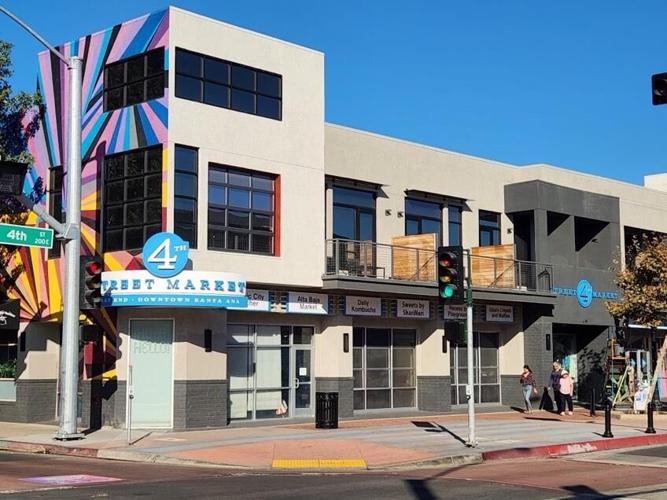
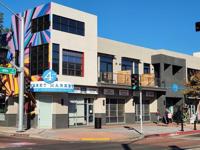

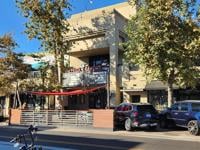

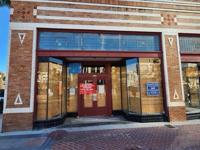
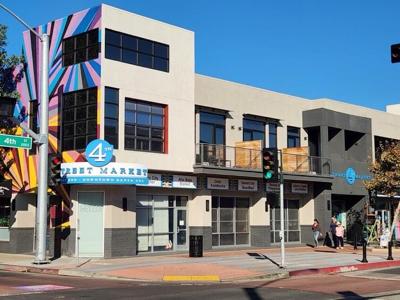

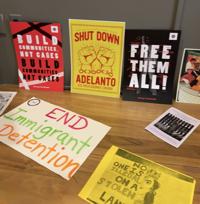

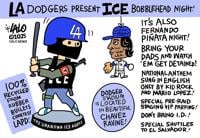

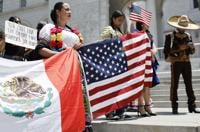


(0) comments
Welcome to the discussion.
Log In
Keep it Clean. Please avoid obscene, vulgar, lewd, racist or sexually-oriented language.
PLEASE TURN OFF YOUR CAPS LOCK.
Don't Threaten. Threats of harming another person will not be tolerated.
Be Truthful. Don't knowingly lie about anyone or anything.
Be Nice. No racism, sexism or any sort of -ism that is degrading to another person.
Be Proactive. Use the 'Report' link on each comment to let us know of abusive posts.
Share with Us. We'd love to hear eyewitness accounts, the history behind an article.